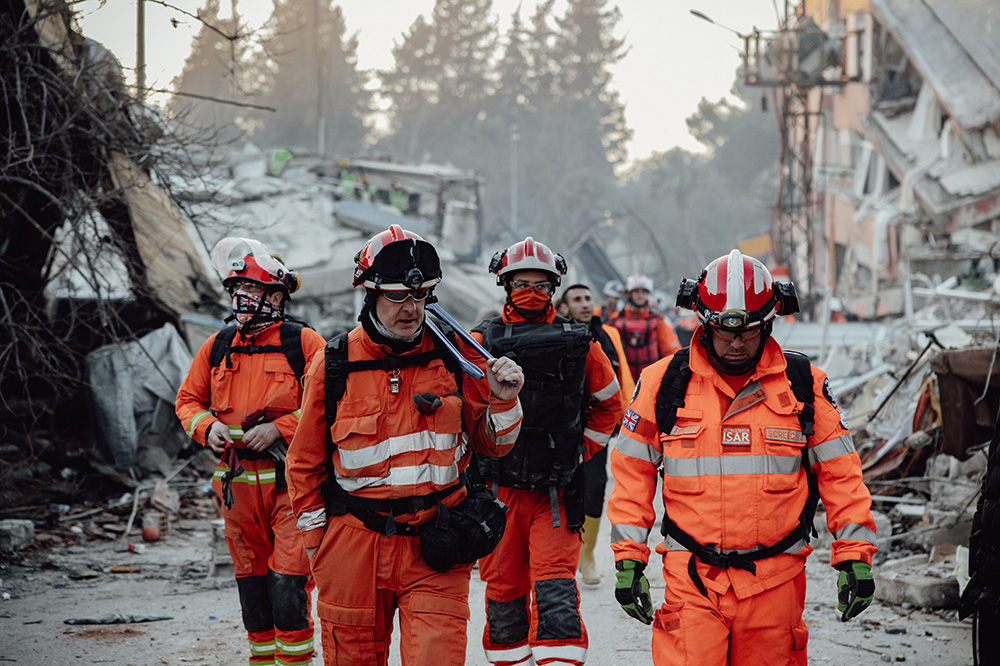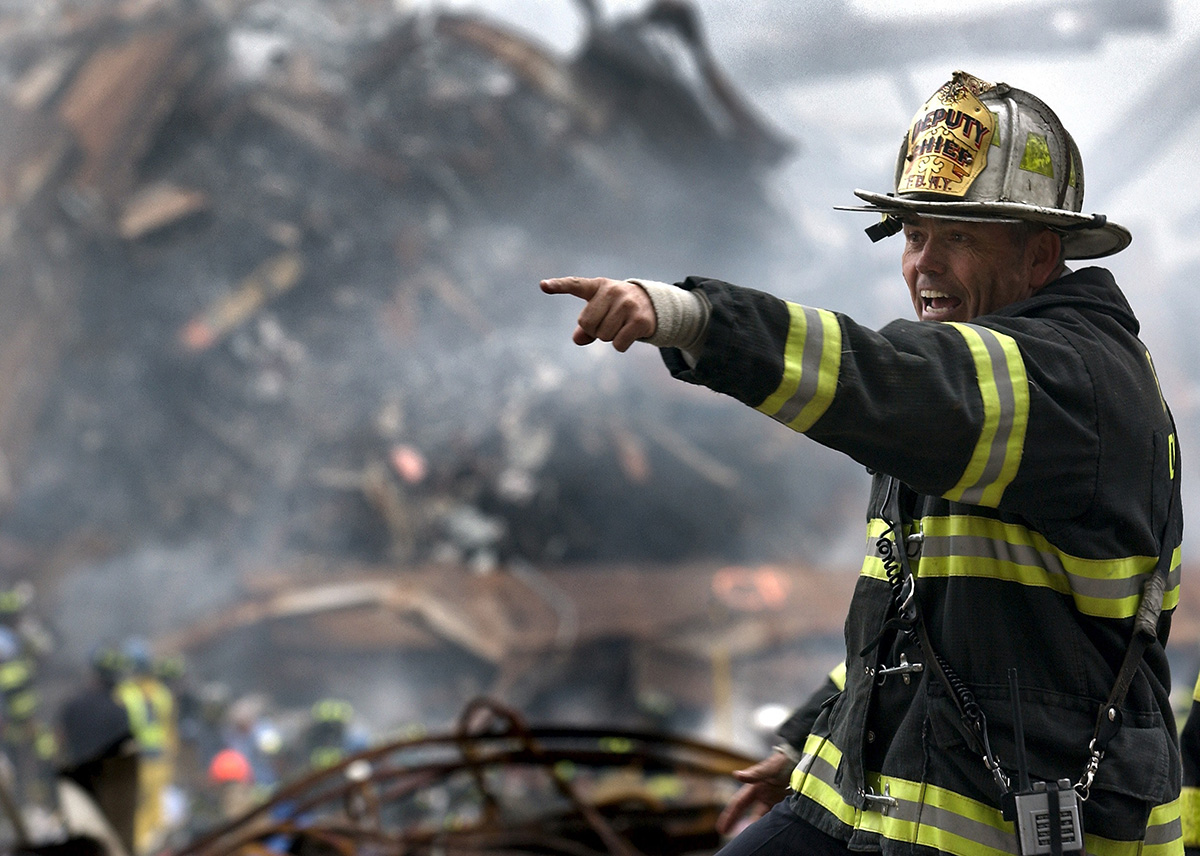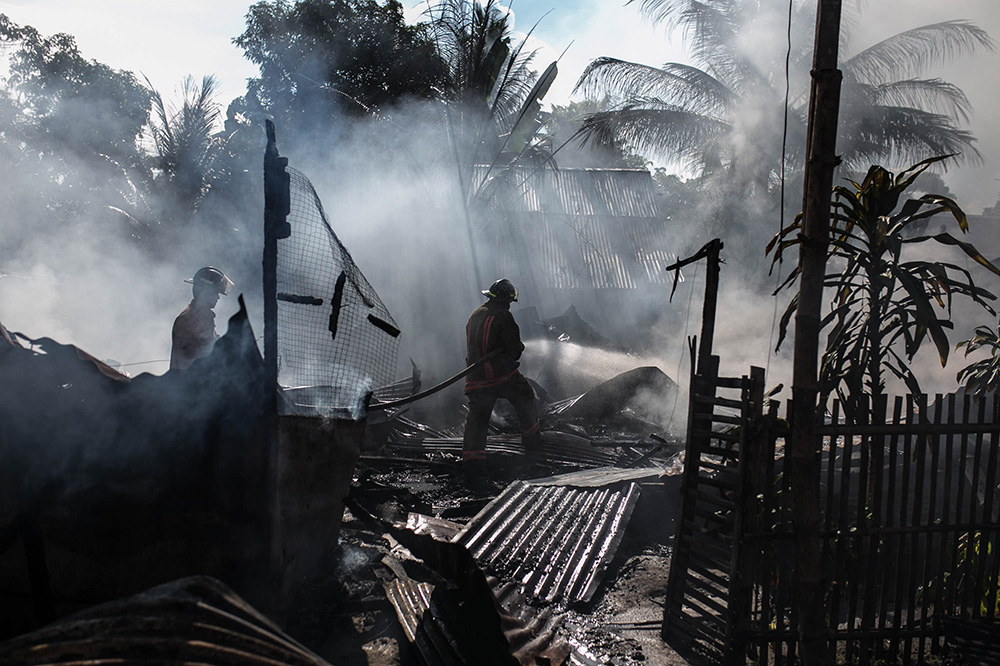The world has become increasingly vulnerable to both natural and human-made disasters. The sheer scale of cities means that a disaster of either type can put a whole city at risk and cause immense disruption, both in terms of human lives, the environment, and money.
Urban disaster risk management is one way of dealing with such threats, and a key element is that of civil defense. In this blog post, we'll explore the importance of civil defense in urban disaster risk management and how software can play an integral role in emergency planning and response.
Urban Resilience and the Role of Civil Defense

Urban disaster risk management is an essential part of long-term urban planning and resilience. In the face of climate change, urban areas are increasingly vulnerable to natural and human-induced hazards.
The growth of the urban population and the degree of socio-economic inequality can further exacerbate the impacts of disasters. In recent years, urban governments have been strengthening their disaster risk management activities to ensure secure, equitable, and sustainable development.
The main challenges of modern cities
In this era of climate and environmental uncertainty, the main challenges modern cities face are:
- Urban population growth: Urban-rural migration coupled with high fertility rates contribute to population growth, which further increases disaster risk. Improving access to health care, education, and other basic services may help mitigate this risk. This is especially important for informal settlements, slums, and densely packed housing areas.
- Climate change: Climate change is accelerating the frequency and intensity of floods, storms, heat waves, droughts, and other natural disasters. Adaptation strategies need to be implemented to reduce the effects of climate change and its impacts on urban areas.
- Inadequate infrastructure: Inadequate infrastructure is a major challenge to effective urban disaster risk management. Poor access to water, sanitation, electricity, and transportation reduces community resilience and increases vulnerability to disasters.
- Contamination of air, water, and soil: Air and water pollution generally worsen in disasters and result in increased health hazards. Poor sanitation also increases vulnerability to infectious diseases.
- Social inequality: Social inequality is a key contributor to disaster risk in cities. Communities that lack access to health care, education, and other basic services are disproportionately affected by disasters.
Urban risk management is critical to the long-term success and sustainability of cities. With proper planning and policy adjustments, cities can be made more resilient to disasters, allowing for communities to better bounce back from disasters and benefit from greater economic opportunities.
Where civil defense comes into play

Civil defense is a concept used to describe programs or activities aimed at protecting citizens of a state or nation in times of war or natural disaster. It is also a catch-all term for any governmental actions taken to protect major infrastructure in the event of a disaster.
The civil defense typically consists of preparedness activities, public education about disaster preparedness, and emergency responses.
The goal is to protect people, property, and critical infrastructure from various natural and man-made disasters. Additionally, civil defense works to reduce the impacts of disasters by responding quickly to emergencies.
Civil defense plays an important role in urban disaster risk management by providing education and training on disaster preparedness, creating emergency plans, and responding to both natural and man-made disasters.
Important Aspects of Civil Defense
Civil defense plays a very important role in urban disaster response, dealing with the immediate consequences of an emergency, such as fires, floods, or explosions.
Civil defense is responsible for developing emergency preparedness and response plans to ensure the safety of citizens, protecting critical infrastructure and public facilities, and providing relief assistance to affected communities.

Examples of civil defense actions in disaster response include:
- Developing and adhering to emergency plans and procedures, such as identifying escape routes and search and rescue operations;
- Providing public safety advisories for those affected by the emergency;
- Setting up temporary shelters and medical care aid for displaced individuals;
- Coordinating search and rescue operations;
- Establishing communication systems to facilitate rapid responses;
- Assessing the damages and needs of the affected communities;
- Distributing emergency supplies such as food, water, medicine, and clothing; and
- Implementing debris removal and disposal operations.
Civil defense is an integral part of any emergency response effort in a city, and its goal is to ensure the safety and well-being of the citizens. Effective civil defense operations can help minimize the destruction of property, reduce the loss of life, and help facilitate successful relief and recovery efforts.
Develop a Civil Defense Plan
When it comes to civil defense, developing an effective and comprehensive plan is essential. This plan should consider all potential disaster types and scenarios, specifying who, what, and where resources should be allocated.
It should also define the roles and responsibilities of different stakeholders and consider measures such as safe evacuation routes. Additionally, the plan should cover public education campaigns regarding preparedness, and policy on how to best respond to disasters.
Communicate with the Public
Communication is important in civil defense, as it allows all stakeholders to stay informed and prepared for potential disasters. This includes informing the public of necessary safety and preparedness steps, such as early warning systems, evacuation plans, and other relevant information.
It’s also important to keep the public engaged and informed about the response to a disaster or emergency event.
Create a disastee preparedness team
Benefits of Using Disaster Risk Management Software
Automating data collection and analysis
Urban disaster risk management software automates data collection and analysis, making it easier to identify and assess risk factors. This allows for more accurate and up-to-date risk assessments, insights into disaster patterns, and better risk management planning.
Additionally, the software allows for improved access to data, giving staff members the ability to quickly respond to disasters.
Improving accuracy of risk management
Urban disaster risk management software helps to improve the accuracy of risk assessments by utilizing predictive analytics to identify potential threats.
This allows organizations to better prepare for potential disasters and emergencies, as well as anticipate risk. By proactively monitoring factors such as weather, traffic, and demographics, organizations can be better prepared for disasters.
Enhancing response times
Urban disaster risk management software can help to enhance response times by providing automated notifications and alerts to staff members in the event of a disaster. This helps to ensure a timely response, allowing organizations to mitigate the effects of a disaster in a timely manner.
Automated notification systems can also provide staff members with detailed situational reports to help them manage the situation more effectively.
Meet ACCTION: the Ultimate Software for Urban Resilience

ACCTION is a web and mobile-based tool that allows cities and citizens to work together in preparing for, responding to, and recovering from disasters and crises. Instead of depending on long, complex and expensive diagnostic and planning processes, which can take months or even years, or unsuitable tools such as social media, actions can be adequately developed, tested and implemented in weeks, with little need for external assistance, and using the resources your city already has!
Learn more about ACCTION

